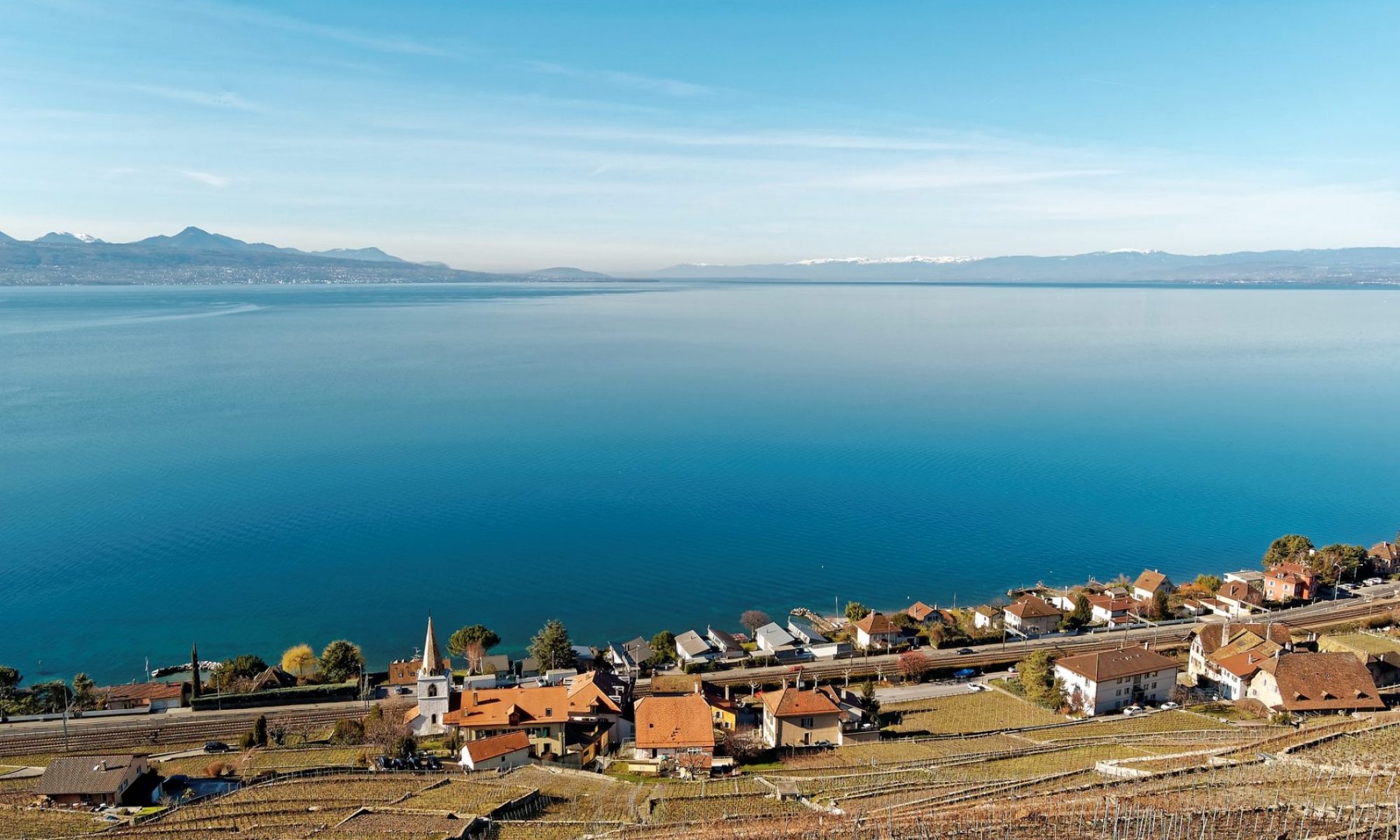Elena Gascón Díez
Source and transport of mercury in the Bay of Vidy
Sediments are the primary source of methylmercury in lakes. This is a result of the methylation process by which certain bacteria transform Hg into methylmercury. Elevated concentrations of mercury found in the sediments of the Bay of Vidy renders this area a hot spot in Lake Geneva. This persistent loading of mercury to the bay is due to the effluent of the Waste Water Treatment Plant (WWTP) of the city of Lausanne. Previous studies have shown a higher concentration of total mercury and methylmercury near the WWTP outlet pipe as compared to sampling points further from the outlet pipe. This study attempts to determine:
i) The dispersal of mercury from the lake coastal zone to the deep lake
ii) The main currents responsible for sediment focusing in this area
iii) The fate of mercury deposited in the bay. Surface sediments were collected around the WWTP effluent, and towards the deepest part of the lake.
In order to study the dispersion of mercury in the Bay of Vidy, fifteen sampling points were selected, nine of them create a transect from the outlet pipe of the Waste Water Treatment Plant (WWTP) towards the deepest part of the lake and the remaining six are arranged around the outlet. At these points the first few centimetres of the sediment surfaces have been sampled with subsequent analyses comprising total mercury (THg), methylmercury (MHg), grain size, and organic matter. Similar analyses were performed to sediment trap particles collected over a period of one year, on a monthly basis, at two sites off the bay. Finally a sediment core has been retrieved from the bay to reconstruct the Hg history.
Through the gathering and combination of THg and MHg data at both the sediment surface and on settling particles (from traps), it will be possible to determine whether or not there has been a remobilization of mercury from the sediments to the water column and subsequent transport and/or release of particle-bound mercury from the WWTP. Currently, analyses are being conducted on the sediment trap samples in order to determine if remobilization from sediments and mercury is occurring.
